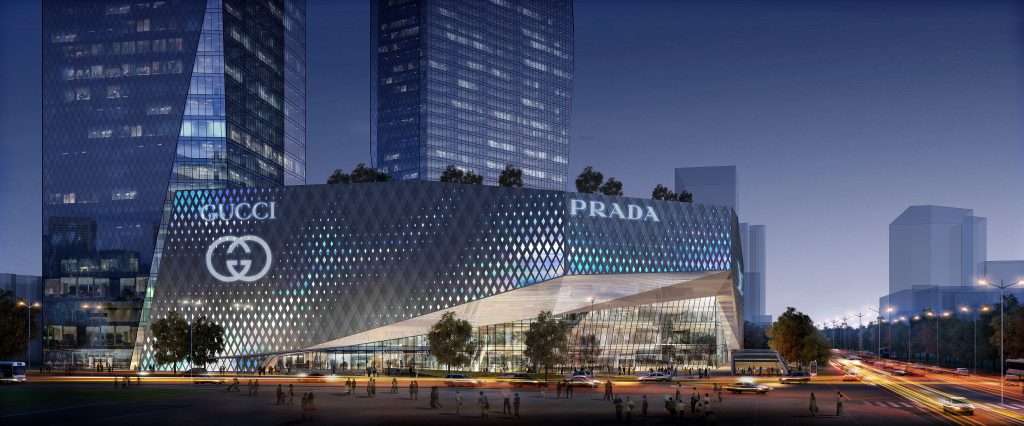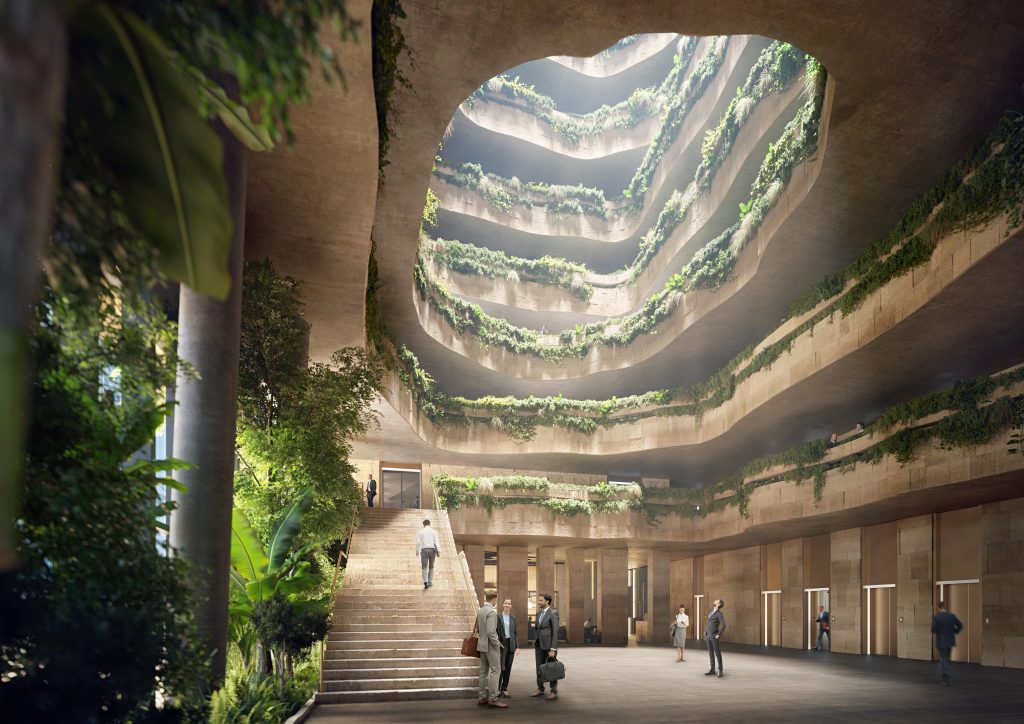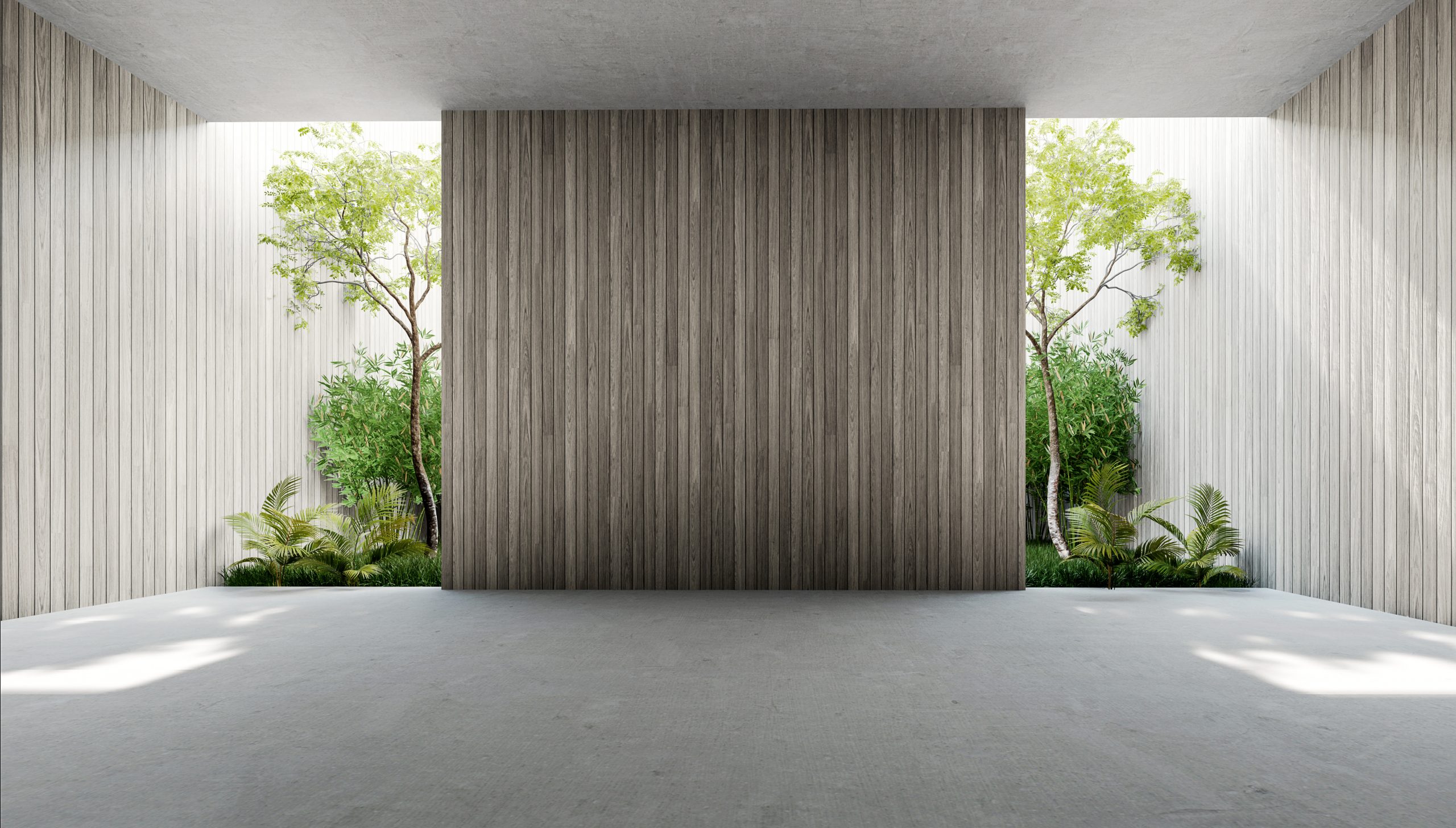Estimated reading time: 4 min
When we walk into a building, we don’t usually stop to think about the emotions the building is making us feel, but rather, we think about the scope of our visit. Maybe we’re walking into our office, thinking about the day ahead of us, maybe we’re visiting a museum, taking into account the artefacts and objects, or maybe we’re in an art gallery, revelling in the art surrounding us. But what if a building transmits some feelings, and we don’t even notice if not only subconsciously?
After all, when we go to a museum we do feel the peace that the space is giving us; when we walk into an office, we can focus more easily than we would to at home. Architecture has indeed the potential to influence our mood and perceptions through space, light, geometry, and the materials used. When designing a space, interior designers and architects consider various factors, such as the scope, the people who will use it, and the surrounding area and landscape. But there is a balance to maintain between the function and the form of a space, between what makes a building “just a building” and what makes it stand out from the rest.
However, architects need to be careful that when designing a building that “stands out from the rest” they do not incur the risk of making said building too imposing. In fact, another important aspect that has a great psychological impact is the facade of a building. An overly-imposing facade, such as that of a skyscraper, could convey an incorrect impression of a restricting internal space. While finding ways to make a facade elegant and stimulating means exploiting one’s creativity to its fullest. The Suning Plaza mixed-use development by RMJM RED is an example of this. The project not only offers offices and hotel rooms inside the two skyscrapers but it is also home to an innovative shopping mall that, instead of having people following a straight line, allows for a gentle flow of people, to make them feel more relaxed whilst also increasing the visibility of the shop fronts. The project not only does that, but it also created a facade with both skyscrapers and blends the historical and cultural elements of the city while highlighting the surrounding landscape.

Additionally, studies show that, for instance, offices built with views of natural landscape allow people to focus more when surrounded by natural settings. Lighting is important too. The function of artificial lighting changes depending on the premises: do you want to create a more formal atmosphere? Then position the light at eye level. Do you want to create a warm, relaxed environment? Then position it at a lower level. More importantly, natural lighting is even more beneficial. It makes people feel more energetic and productive, increasing their well-being. An example is the Sanko Headquarters designed by RMJM Milano. When designing the space, the studio considered the fundamental parts that make a building unique. By allowing natural light to filter through the central void, the studio did not only guarantee a reduction of electricity – which, thanks to the PV panels, is renewable – but, together with the placement of greenery on each of the floors, they have been able to exploit the emotional and technical purposes of the building.
An interesting concept that deals with the feelings that a space makes you feel is Feng Shui. Feng Shui is the practice of arranging the objects inside of a space in an order that creates a balance with the natural environment. There are various schools of thought, but the main and common theme of Feng Shui is Bagua, which is the floorplan map that draws from eight different areas. Each of those areas corresponds to a life circumstance such as wealth, family, with an equivalent colour scheme, shapes, elements. Before deciding to incorporate these elements in your home and life, it is important to focus on three main areas and work on them. The ultimate goal of Feng Shui is to bring peace, harmony and positive energy inside one’s home.

Various benefits come with using architecture as a way of conveying feelings. There is even a philosophy that connects architecture to a person’s well-being. Nonetheless, architects might perceive integrating emotions – as another function of a building – as a threat, something negative that could take away the creativity and leave an exclusively technical design of a building. However, as already mentioned above, this would not be anything new. On the contrary, architects already do so, and maybe they do it unconsciously. Acknowledging that a building can transmit some emotions to its users can only boost and show that architecture is accessible to everyone, more than they think.
It is important that architects balance the function of a place and the feelings and perceptions it generates. They need to acknowledge the power they possess, which is to create something that not only will last for decades, if not more, but that also gives new meaning to the way buildings are created and constructed.


